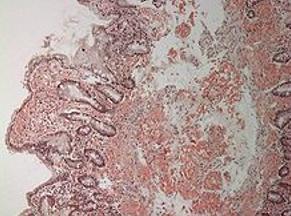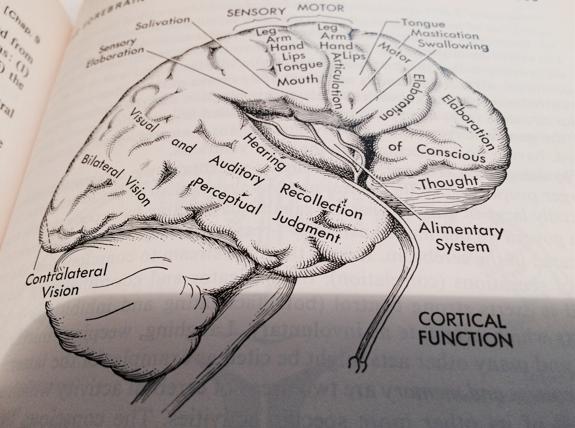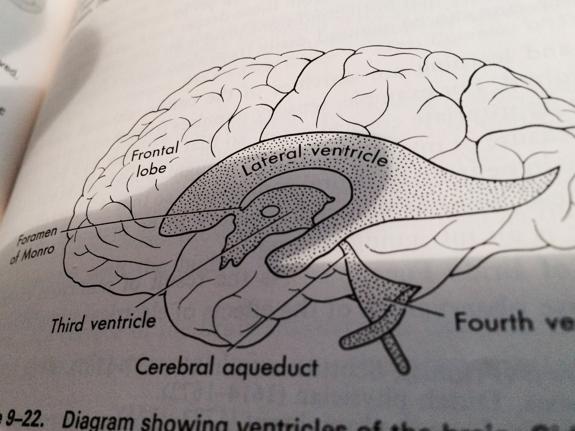Alzheimer Disease I
Definitions:
Amyloid: Deposits of albuminoid proteinaceous material
Dementia:
Alzheimer Disease: First described by German pathologist and psychiatrist Alois Alzheimer 1906
Chronic degenerative disease with slow onset; often mistaken for normal aging
Characterized by:
Poorly understood Disease
Risk factors:
Caused by an inherited change in one of three genes, resulting in Familial Alzheimer Disease FAD: If either parent carries a genetic mutation for FAD, the child has a 50-50 chance of inheriting the mutation.
Scientists believe that environmental and genetic factors interact to influence a person’s biological make up, including predisposition to certain diseases
Epigenetics- study of biological mechanisms, “how genes are affected by environmental factors, diet, exercise, chemicals any time in life, even in utero. Why one member of a family develops a disease and another does not, e.g. AD
Epigenetic changes maybe protective, harmful or benign.
It is hopeful that specific treatment(s) for AD will be based on epigenetic markers.
Prevention:
Non steroidal ant inflammatory drugs are associated with reduction of likelihood of developing Alzheimer Disease
Statins (Crestor, etc.), used in cases of hypercholesterolemia, do not prevent or improve Alzheimer Disease
Interventions:
Mental stimulation delays onset of Alzheimer
moderate protein)
Treatment: May improve symptoms but progress is irreversible
Medications:
Acetylcholinerase inhibitors
Donepezil (Aricept)
Galantamine hydrochloride (Razadyne)
Memantine hydrochloride (moderate –severe Alzheimer Disease);
Antagonizes N-methyl-D-aspartate receptors, persistent activation of which seems to increase Alzheimer symptoms
Acetylcholinesterase inhibitors reduces the rate at which acetylcholine is broken down, thereby increasing brain concentration
Financial planning
Advanced directives Early and accurate diagnosis
Enroll in clinical trials
Anticipate care needs
The name amyloid comes from the early mistaken identification by Rudolf Virchow of the substance as starch (amylum in Latin, from Greek ἄμυλον amylon), based on crude iodine-staining techniques. For a period, the scientific community debated whether or not amyloid deposits are fatty deposits or carbohydrate deposits until it was finally found (in 1859) that they are, in fact, deposits of albumoid proteinaceous material.[3]
Definitions:
Amyloid: Deposits of albuminoid proteinaceous material
Dementia:
- Results from disruption of cerebral neuronic circuits.
- Quantity of neuronal loss and location of affected regions are factors causing the specific disorder
- Behavior and mood are modulated by noradrenergic, serotonergic and dopaminergic pathways
- Acetylcholine is important for memory; loss of cholinergic neurons underlies memory loss
Alzheimer Disease: First described by German pathologist and psychiatrist Alois Alzheimer 1906
Chronic degenerative disease with slow onset; often mistaken for normal aging
Characterized by:
- diffuse shrinking of the cerebral cortex and associative enlargement of the ventricular system. The ventricles accounts for the production and circulation of cerebral-spinal fluid (diagrams)
- amyloid neuritic plaques and neurofibrillary tangles (latter found in neuro cytoplasm)
- accumulation of amyloid plaques in cerebral arterial wall arterial
- disease process with plaques and tangles in the brain
- Alzheimer disease accounts for 60-70% of dementia cases
- 6th leading cause of death among adults in US
- 2013 5 million Americans affected with Alzheimer Disease and number increased by every 5 years
- annual cost for caring of one person with Alzheimer disease is $50,000
- 2015 48 million people (globally) diagnosed as Alzheimer
- usual age onset was 67; 4-5% of cases were early onset
- 2010 dementia caused 486,000 deaths
Poorly understood Disease
Risk factors:
- Genetic component:
Caused by an inherited change in one of three genes, resulting in Familial Alzheimer Disease FAD: If either parent carries a genetic mutation for FAD, the child has a 50-50 chance of inheriting the mutation.
Scientists believe that environmental and genetic factors interact to influence a person’s biological make up, including predisposition to certain diseases
Epigenetics- study of biological mechanisms, “how genes are affected by environmental factors, diet, exercise, chemicals any time in life, even in utero. Why one member of a family develops a disease and another does not, e.g. AD
Epigenetic changes maybe protective, harmful or benign.
It is hopeful that specific treatment(s) for AD will be based on epigenetic markers.
- Hypertension
- Head trauma
- Chemicals-alcohol, aluminum, mercury
- Diminished serum levels of folate (folic acid)
- Hormonal replacement therapy
- Female gender
- Marginal educational achievement
- Vascular disease (stroke) ‘ amyloid angiopathy
- Imaging, cognitive testing, blood testing
- Short term memory loss (difficulty remembering recent events), decreasing language skills, disorientation, mood swings, loss of motivation, diminished self care abilities, behavioral issues, withdraw from family and social activities
- Muscle mass deteriorationàbedriddenàcomplications e.g. pneumonia, decubiti
- Dependency on others causes them to burden-psychologically, socially, and economically
- Advanced: Gradual loss of body functions
Prevention:
Non steroidal ant inflammatory drugs are associated with reduction of likelihood of developing Alzheimer Disease
Statins (Crestor, etc.), used in cases of hypercholesterolemia, do not prevent or improve Alzheimer Disease
Interventions:
Mental stimulation delays onset of Alzheimer
- Stem cells àgeneration of neurons
- Learning a second language later in life
- Cross word puzzles
moderate protein)
Treatment: May improve symptoms but progress is irreversible
Medications:
Acetylcholinerase inhibitors
Donepezil (Aricept)
Galantamine hydrochloride (Razadyne)
Memantine hydrochloride (moderate –severe Alzheimer Disease);
Antagonizes N-methyl-D-aspartate receptors, persistent activation of which seems to increase Alzheimer symptoms
Acetylcholinesterase inhibitors reduces the rate at which acetylcholine is broken down, thereby increasing brain concentration
Financial planning
Advanced directives Early and accurate diagnosis
Enroll in clinical trials
Anticipate care needs
The name amyloid comes from the early mistaken identification by Rudolf Virchow of the substance as starch (amylum in Latin, from Greek ἄμυλον amylon), based on crude iodine-staining techniques. For a period, the scientific community debated whether or not amyloid deposits are fatty deposits or carbohydrate deposits until it was finally found (in 1859) that they are, in fact, deposits of albumoid proteinaceous material.[3]
Micrograph showing amyloid deposition in small bowel. Congo red stain.
Brain
Ventricles of the Brain
Mignon Smith PhD, RN
Alzheimer Disease.
Presented at Greater Health Humanitarian Summit
Date: March 19, 2016
Venue: Unity North Atlanta Church
Marietta, Georgia
Hosted by: Emory University, Atlanta Georgia
Sponsored by: United Nations Foundation
Alzheimer Disease.
Presented at Greater Health Humanitarian Summit
Date: March 19, 2016
Venue: Unity North Atlanta Church
Marietta, Georgia
Hosted by: Emory University, Atlanta Georgia
Sponsored by: United Nations Foundation


